As we cross the threshold of a new year, two imponderables demand our attention: how will the new cold war between the US and China shape up in 2003, and what course is war in Ukraine likely to take? Both will come under scrutiny this Saturday at London CND’s online conference.
The Ukraine propaganda bubble, a short military campaign leading to a rout of the Russian invasion, burst months ago. No one doubts the Ukraine war is an extended and devastating struggle. With the potential to spread beyond Ukraine’s borders, it raises the spectre of nuclear engagement.
Nato and the EU are discussing providing another round of heavy weaponry to Ukraine. Modern tanks are top of President Zelensky’s military must-have list, though Germany for one is reportedly reluctant to sanction the further escalation of conflict this would presage. Germany, France, Poland, and others including Britain, have already provided some tanks to Ukraine, but well below the 500 or so Zelensky is calling for.
Recent news that Britain is considering providing up to 10 Challenger II tanks to the Ukrainian army is a step in exactly the wrong direction. More military hardware will encourage Ukraine forces to stay dug in for a long war which they cannot win without Nato backing or US support. If the west escalates the conflict and Russia finds itself under even greater pressure in Ukraine, who’s to say President Putin won’t consider using nuclear weapons?
Neither is Russia the only party likely to be considering the use of nukes. The notion of a nuclear war in Europe isn’t something circulating among crazed peacenik circles. Since early summer 2022, this danger of has been publicly acknowledged by a growing number of western military sources.
On 9 January this year, the Federation of American Scientists nuclear specialist Hans Kristensen revealed that B61-12s nuclear bombs have been cleared for transport to bases in Europe. They are the United States newest guided nuclear bomb, the same type used on the Japanese city of Hiroshima in 1945, though considerably more powerful of course.
Their locations in Europe include RAF Lakenheath in Suffolk which last year became the sixth nuclear base in Europe funded by the US. Guided nuclear bombs were stored at Lakenheath until 2008. The silo facilities at are still intact there.
The first of a new-generation US fighter bomber aircraft, the F-35A which is equipped to carry them, arrived at Lakenheath in December 2021. Crew training began last year, as more of these aircraft began arriving.
Last October, Politico news service reported that the US had brought forward the deployment of the B61-12s from spring 2023 to December 2022. The Pentagon dismissed the report at the time, saying ‘There is no speeding up because of any Ukraine crisis’. In his recent report, Kristensen point out ‘it is unknown if B61-12 shipments to Europe have begun’.
Meanwhile, the strategic background against this threat of escalation between Nato and Russia over Ukraine takes place, is another escalation of tensions – that between the US and China. Under Biden, US rhetoric about the supposed threat to Taiwan posed by China, has been a growing factor in acclimatising western public opinion to the idea that we are heading into a new cold war.
The Guardian recently reported, for example, the US Centre for Strategic and International Studies (CSIS) had wargamed a variety of military confrontation scenarios. Unsurprisingly all of them involved heavy losses on both sides. Of more concern, their report highlighted the need for both Taiwan and the US to build up ‘deterrence forces’.
The immediate material corollary of a propaganda campaign around Taiwan is a real growth of US military forces in the region, including drawing Japan closer via bilateral security arrangements with the US. This includes the use of the Japanese island of Guam, which is a strategic US naval base. In 2009, it was combined with a US air force base, and would be an important facility in any nuclear confrontation.
Britain is already closely tied into the United States strategic pivot to Asia. The UK is part of the Aukus partnership, with the US and Australia, created in 2021 which provides for nuclear powered submarines to patrol the waters surrounding China’s coastline. Only days ago, Rishi Sunak welcomed Japanese Prime Minister Fumio Kishida to London for the signing of a bilateral defence agreement which allows UK forces to be deployed to Japan. Downing Street has described it as ‘the most significant defence agreement between the two countries in more than a century’.
Each of these developments, and other related realignments in security relations, merit fuller consideration. We are heading into a truly dangerous period, and need to begin mapping out a military as well as political picture of how international relations are shaping up.
As with Ukraine, so with China. The single most important question about both these conflicts is, undoubtedly, whether they will remain non-nuclear.
Such major issues as these raise bigger questions than London CND’s 2023 annual conference alone can answer. With a terrific line-up of speakers though, we hope interest in New Cold War Challenges will extend well beyond the boundaries of Greater London. Register in advance for your free ticket and join us on Saturday.
This article originally appeared on Labour Outlook website.
Carol Turner is co-chair of London Region CND. She is a directly elected member of CND’s National Council and part of the International Advisory Group.
Carol is a long-time peace campaigner, a member of Stop the War Coalition’s National Officer Group, and author of Corbyn and Trident: Labour’s Continuing Controversy.


